Beef
Beef for sale online at foodexplore
Beef plays a key role in food ecommerce, representing one of the most sought-after and popular categories among consumers. Its presence in food ecommerce adds value and diversity to the offer, satisfying the needs of a wide range of customers.
The best cuts of beef
Steak: the king of cuts
The steak represents the pinnacle of gastronomic perfection when it comes to beef. Characterised by a balanced combination of marbling and tenderness, steak is the favourite cut of meat connoisseurs the world over.
Distinguishing characteristics of steak
Marbling: The presence of fine streaks of intramuscular fat gives the steak a rich flavour and extraordinary tenderness during cooking.
Tenderness: Thanks to its muscular composition and the right preparation, the steak literally melts in the mouth, providing a unique sensory experience.
How best to prepare steak:
Choice of cut: Opt for high-quality cuts such as Fiorentina or Ribeye to ensure the best taste experience.
Cooking temperature: For a rare steak, cook it briefly on a grill or in a pan over high heat for a few minutes on each side.
Rest: After cooking, let the steak rest for a few minutes to allow the muscle fibres to relax and keep the juices inside.
2.2. Tenderloin: Unparalleled delicacy and tenderness
Tenderloin is renowned for its extraordinary tenderness and delicate flavour, making it a sought-after choice for gourmets around the world.
Distinctive characteristics of the fillet
Extreme tenderness: Due to its anatomical position, the fillet is free of connective tissue and has exceptional tenderness.
Delicate flavour: The fillet's subtle and refined flavour makes it suitable for accompaniment with light sauces or aromatic seasonings.
How best to prepare the fillet
Degreasing: Remove any residual fat from the surface of the fillet before cooking to ensure an even texture.
Quick cooking: As the fillet is particularly lean, it is advisable to cook it quickly on a grill or in a pan to prevent it from becoming too dry.
Delicate seasonings: Choose delicate seasonings such as clarified butter or fresh herbs to enhance the natural flavour of the fillet without overpowering it.
The best Italian regions for beef production
Tuscany: Tradition and quality meet culinary art
Tuscany, famous throughout the world for its cultural and gastronomic heritage, is also one of the most renowned Italian regions for the production of high-quality beef.
Characteristics of Tuscan production
Natural feeding: Tuscan cattle are reared following traditional methods and fed with lush pastures and quality fodder, giving the meat an authentic and genuine flavour.
Prized breeds: The presence of prized breeds such as Chianina and Maremmana contributes to the production of prized meat, characterised by excellent marbling and superior tenderness.
Typical Tuscan products:
Bistecca alla fiorentina: The flagship of Tuscan cuisine, characterised by a thick and succulent cut, perfect to be barbecued and enjoyed with a glass of red wine.
Tagliata di manzo: A thinner variant of the Florentine steak, sliced and served with a light drizzle of extra virgin olive oil and rocket leaves.
Piedmont: Land of fine breeds and natural food
Piedmont is distinguished by its rich tradition in the production of high-quality beef, thanks to the presence of prized breeds such as the Razza Piemontese and the Albese.
Characteristics of Piedmontese production
Prized breeds: The Piedmontese breed, famous for its developed musculature and low fat content, is one of the leading beef producers in the region.
Natural feeding: The animals are reared naturally and fed on lush pastures and high-quality fodder, giving the meat a rich, authentic flavour.
Typical Piedmontese products:
Bollito misto: A traditional Piedmontese dish of boiled meat served with a selection of sauces, such as green sauce and mustard sauce.
Brasato al Barolo: A dish with an intense and enveloping flavour, prepared by braising the meat in Barolo wine together with herbs and spices.
Lombardy: Excellence and innovation in meat production
Lombardy is distinguished by its unique combination of tradition and innovation in the production of high-quality beef.
Characteristics of Lombardy production:
Technological innovation: Thanks to the use of advanced breeding and processing techniques, Lombardy is able to offer beef of the highest quality, satisfying more demanding palates.
Culinary excellence: Lombardy's cuts of meat, such as the rib steak and fillet, are renowned for their succulence and enveloping flavour, representing excellence in regional cuisine.
Typical Lombard products:
Ossobuco alla milanese: An iconic dish of Milanese cuisine, prepared with slices of veal shank braised in a tasty sauce of white wine, tomato and herbs.
Cotoletta alla milanese: A crispy and succulent delicacy, made with slices of veal breaded and fried in hot oil, served with lemon slices.
Veneto: Heritage of taste and gastronomic culture
Veneto, a land of enchanting landscapes and centuries-old culinary traditions, boasts a high quality beef production that reflects the exceptional richness of the territory.
Characteristics of Veneto production
Respect for tradition: Veneto breeders keep alive the ancient traditions associated with cattle breeding, guaranteeing the utmost attention to animal welfare and meat quality.
Gastronomic innovation: Creativity and innovation characterise Veneto cuisine, which offers beef dishes reinterpreted in a modern key, but always respecting tradition.
Typical Veneto products:
Fegato alla veneziana: A classic dish of Veneto cuisine, prepared with slices of calf's liver sautéed in a pan with onions and white wine, served with hot polenta.
Stracotto alla veneta: A rich and succulent dish, made by braising the meat in a tasty sauce made with red wine, vegetables and herbs, served with polenta or mashed potatoes.
Frequently Asked Questions about Beef
What are the differences between beef and veal?
The distinction between beef and veal is mainly based on the age of the animal at the time of slaughter and the characteristics of the resulting meat.
Beef:
Derived from adult cattle, usually over 1 year old.
It has a darker colour and more pronounced flavour than veal.
Usually used for more robustly prepared dishes, such as braises and stews.
Veal meat:
Comes from young cattle, generally less than 1 year old.
It has a lighter colour and a more tender texture than beef.
It is preferred for delicate and quick dishes such as escalopes and roasts.
What are the best techniques for cooking a steak rare?
Cooking a steak rare requires care and precision to ensure optimal cooking and to keep its organoleptic properties intact.
Recommended techniques
Pre-heat the grill: Make sure the grill is hot before cooking the steak to achieve a crispy outer crust.
Tempering the meat: Bring the steak to room temperature before cooking to ensure even cooking.
Short cooking: Cook the steak over high heat for a few minutes per side, turning it once to ensure even heat distribution.
Resting: Allow the steak to rest for a few minutes before serving to allow the juices to redistribute within the meat and keep it juicy.
4.3. How can I guarantee the freshness of beef purchased online?
Buying beef online can be convenient and practical, but it is essential to ensure that it is fresh and of high quality.
Tips to ensure freshness
Check storage policies: Make sure the seller uses insulated and refrigerated packaging to keep the meat fresh during shipping.
Check expiry date: Always check the expiry date or packaging date on the packaging to make sure the meat is fresh and safe to eat.
Examine the meat: Once received, visually inspect the meat for any signs of spoilage, such as changes in colour or unpleasant odour.
What are the advantages of naturally raised beef over conventional beef?
Naturally raised beef offers a number of advantages over beef from conventional, intensively raised methods.
Advantages of naturally reared beef
Superior nutritional quality: Naturally raised animals tend to have a more varied and nutrient-rich diet, which is reflected in the quality and taste of the meat.
Animal welfare: Animals raised outdoors and fed on lush pastures enjoy a better quality of life than those confined in confined spaces.
Lower environmental impacts: Natural livestock farms tend to have a smaller ecological footprint than intensive ones, contributing to environmental sustainability.

-
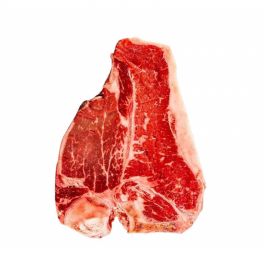
Fiorentina Steak
Ready to ship in 1 days, delivery time 1-3 daysProduct shipped in thermal packaging (+0,99 €) -
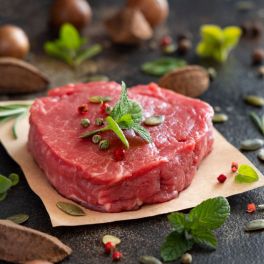
Beef Fillet
Ready to ship in 1 days, delivery time 1-3 daysProduct shipped in thermal packaging (+0,99 €) -
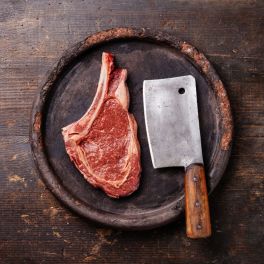
Beef Rib
Ready to ship in 1 days, delivery time 1-3 daysProduct shipped in thermal packaging (+0,99 €) -
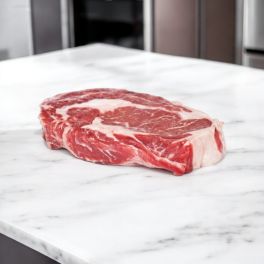
Rib-eye steak Macelleria Mazza
Ready to ship in 1 days, delivery time 1-3 daysProduct shipped in thermal packaging (+0,99 €) -
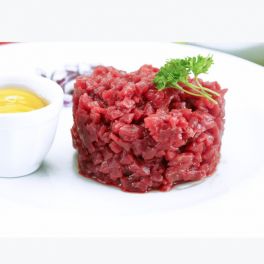
Beef meat for tartare
Ready to ship in 1 days, delivery time 1-3 daysProduct shipped in thermal packaging (+0,99 €) -
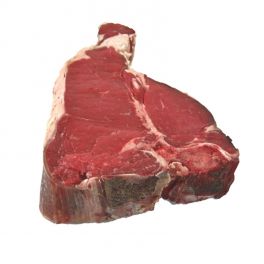
Fiorentina di Chianina 1 Kg
Ready to ship in 1 days, delivery time 1-3 daysProduct shipped in thermal packaging (+0,99 €) -
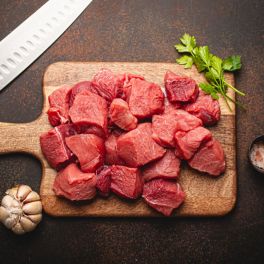
Beef Stew
Ready to ship in 1 days, delivery time 1-3 daysProduct shipped in thermal packaging (+0,99 €) -
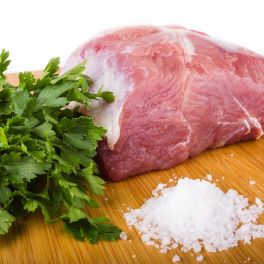
Cappello del Prete shoulder of the bovine 1Kg
Ready to ship in 1 days, delivery time 1-3 daysProduct shipped in thermal packaging (+0,99 €) -
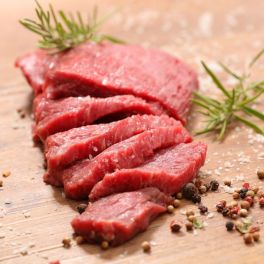
Pulp Sliced Beef Adult 1 Kg
Ready to ship in 1 days, delivery time 1-3 daysProduct shipped in thermal packaging (+0,99 €) -
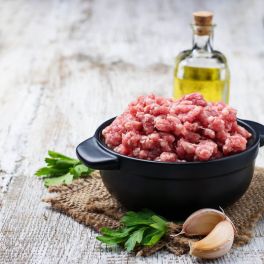
Minced for beef sauce
Ready to ship in 1 days, delivery time 1-3 daysProduct shipped in thermal packaging (+0,99 €) -
-50% OFF
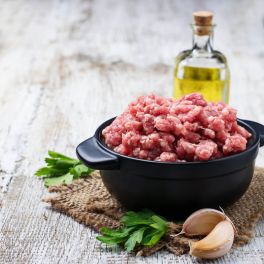
Selected minced beef
Ready to ship in 1 days, delivery time 1-3 daysProduct shipped in thermal packaging (+0,99 €) -
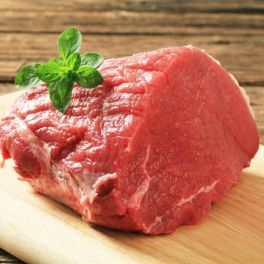
veal loin 2Kg
Ready to ship in 1 days, delivery time 1-3 daysProduct shipped in thermal packaging (+0,99 €) -
-10% OFF
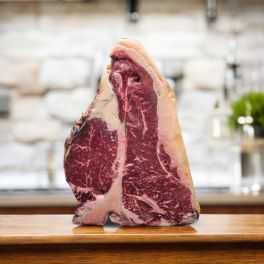
-
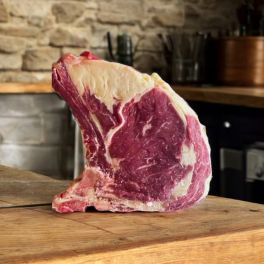
Dry Aged Polish Rib 1 Kg
Ready to ship in 1 days, delivery time 1-3 daysProduct shipped in thermal packaging (+0,99 €) -
-10% OFF
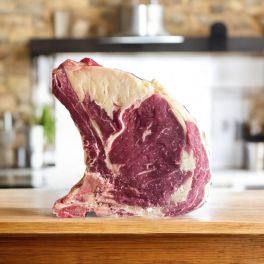
German dry aged rib 1 kg
Ready to ship in 1 days, delivery time 1-3 daysProduct shipped in thermal packaging (+0,99 €) -
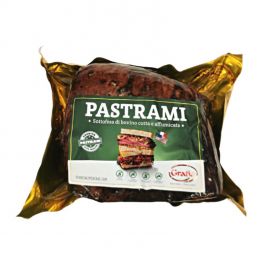
Pastrami 2.6 kg
Ready to ship in 1 days, delivery time 1-3 daysProduct shipped in thermal packaging (+0,99 €) -
-8% OFF
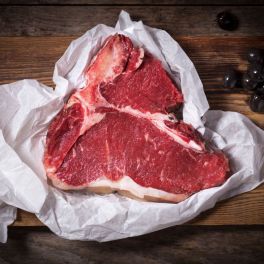
Fiorentina di Scottona Baffonero 1Kg
Ready to ship in 1 days, delivery time 1-3 daysProduct shipped in thermal packaging (+0,99 €) -
-12% OFF
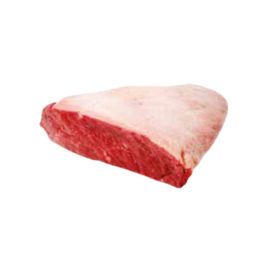
Argentine picanha 1,5 Kg
Ready to ship in 1 days, delivery time 1-3 daysProduct shipped in thermal packaging (+0,99 €) -
-9% OFF
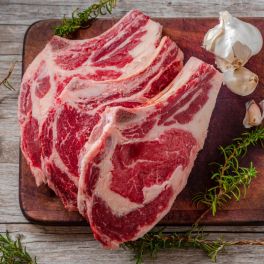
Irish Beef rib Baffonero 500g
Ready to ship in 1 days, delivery time 1-3 daysProduct shipped in thermal packaging (+0,99 €) -
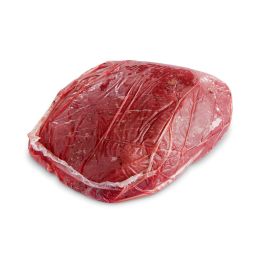
Simonini Salted Meat 2.5 Kg
Ready to ship in 1 days, delivery time 1-3 daysProduct shipped in thermal packaging (+0,99 €) -

Salted Meat Bomé 2.7 Kg
Ready to ship in 1 days, delivery time 1-3 daysProduct shipped in thermal packaging (+0,99 €) -
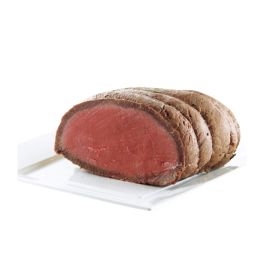
Beef Bon Hip Tip Roast Beef 2.2 Kg
Ready to ship in 1 days, delivery time 1-3 daysProduct shipped in thermal packaging (+0,99 €) -
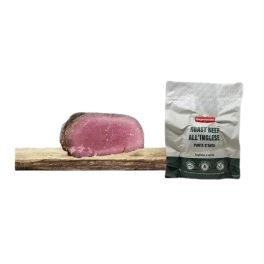
English-style Roast Beef - Undercut 2.5 kg
Ready to ship in 1 days, delivery time 1-3 daysProduct shipped in thermal packaging (+0,99 €)


 Italiano (IT)
Italiano (IT)  Deutsch (DE)
Deutsch (DE)  Français (FR)
Français (FR)  Español (ES)
Español (ES)  Polish (PL)
Polish (PL) 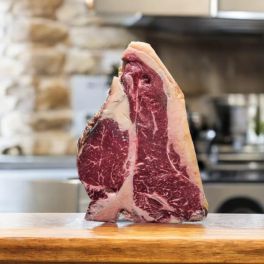
This website is protected by reCAPTCHA and the Privacy Policy & Terms and Conditions of Google